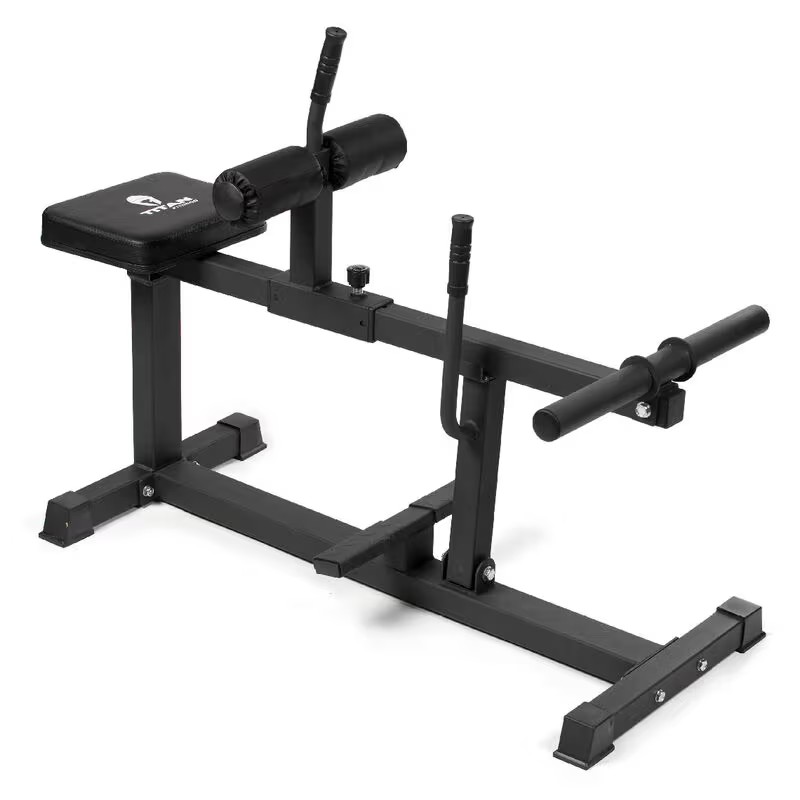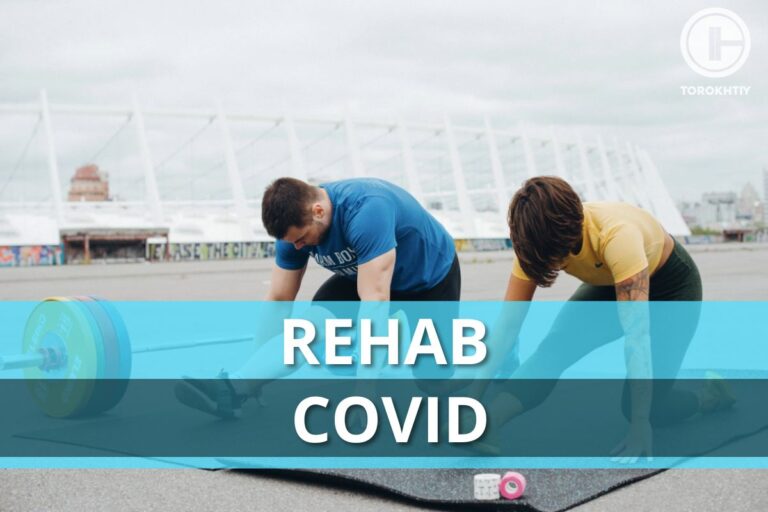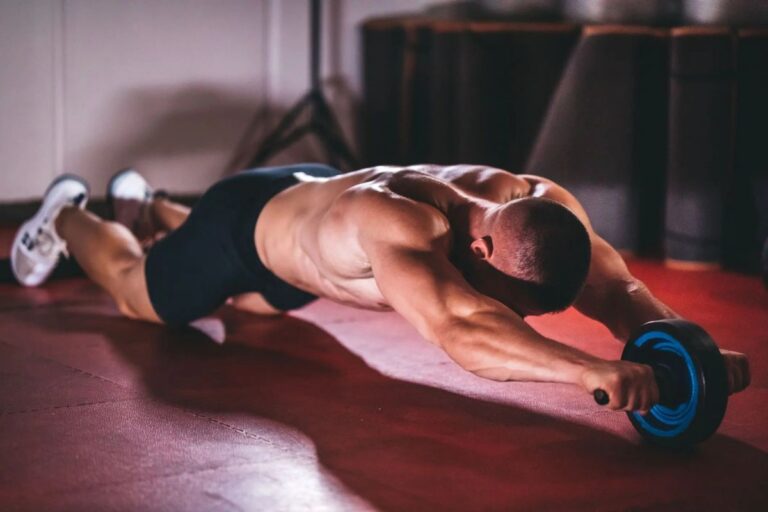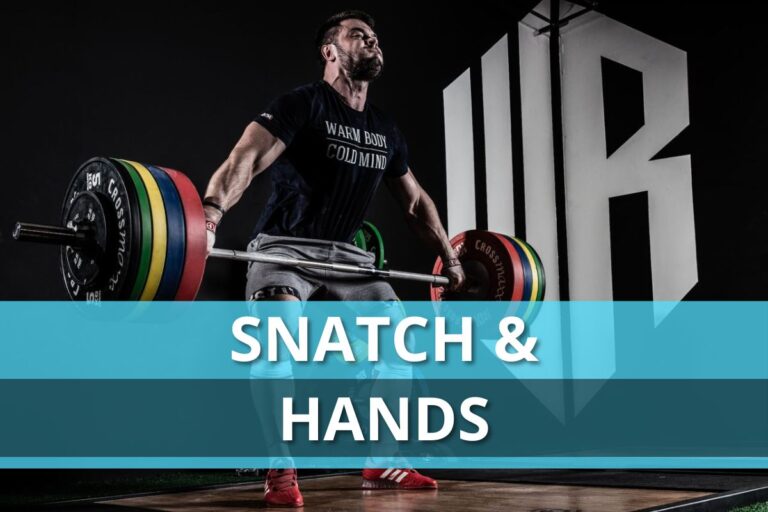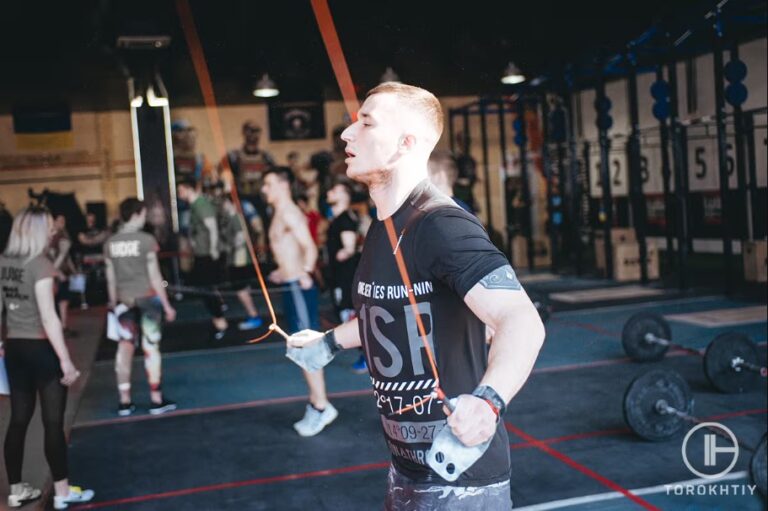Seated Calf Raise: How To, Benefits & Alternatives
All true gym goers who strive to achieve the “perfect body” want to have bigger calves. For most people it’s very challenging, no matter how hard they train, they cannot achieve the desired results. That’s where the seated calf raise exercise comes into play.
The main focus of this calf machine workout is to, in due time, add more muscle to the outer part of the calf so that it becomes more noticeable. In this article we will go over its benefits and setbacks, the possible alternatives, some equipment we would recommend as well as how to do this exercise.
The seated calf raise is the ultimate calf exercise for people who have experienced injury or a lack of muscle growth. The focus of this calf machine workout is to maximize lean muscle growth while maintaining a healthy muscle balance of the triceps surae leg muscle group.
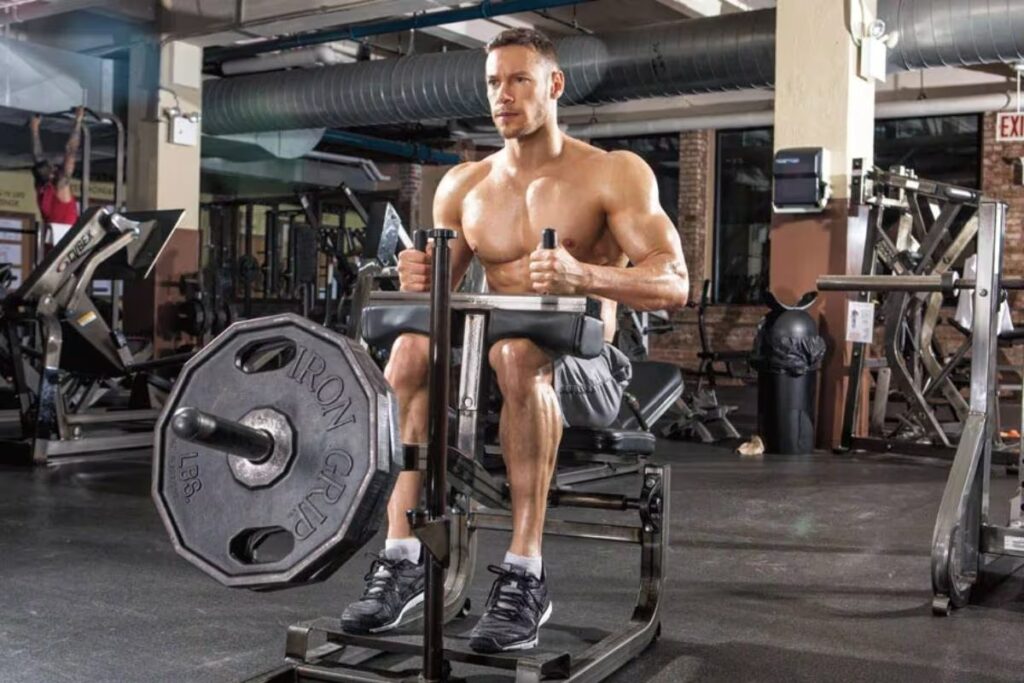
What Exactly Is a Seated Calf Raise?
A seated calf raise is a calf workout that targets the soleus, a posterior leg muscle that runs just below the knee to the heel. It’s vital for the regulatory movement of the body, along with the gastrocnemius. The exercise itself is quite simple and You have probably already done it at your local gym. This exercise is widely popular since it’s mostly risk-free.
Calf injuries are most common in young men between the ages of 22-28. A safe way to prevent this type of injury is to do this exercise, while also raising a healthy amount of weight. Lifting too much weight, along with bad form, can be the main cause of injury. We will go over the correct form later on, for now let’s take a look at the muscles it targets.
Muscles Worked by the Seated Calf Raise Workout
1. Soleus
As already mentioned, the soleus muscle is one of the primary muscles worked out in this exercise. It is worked out by placing the toes pointed away from each other while performing the exercise to target the outer calves. Interestingly enough, this muscle has been referred to as the magic muscle by health care officials. The reason behind this is that it plays a crucial part in human metabolism. They developed an exercise called the “Soleus push up” to fully activate the potential of this muscle.
Although very useful, this workout is a basic version of the seated calf raise without any weights, where the person doing this movement sits and lifts up his heels, while keeping the front part of his foot on the ground. It is performed on any ordinary chair, without weights. Through logic we can conclude that these same metabolism benefits can be unlocked by doing the sitting calf raises at home, or at the gym with weights.
2. Gastrocnemius
The gastrocnemius muscle is a complex muscle that, along with the soleus, complete the foundation for walking and posture. It has a significant impact on the movement of the hip, which is why it is important to train this muscle as much as the soleus. It is trained in the mentioned exercise by pointing the toes towards each other. It plays a key role during everyday activities like running or walking.
The gastrocnemius is a part of the triceps surae, in simpler words the posterior area of the leg. It is of utmost importance to note that neglecting this muscle while training calves can cause injuries and problems while walking or running due to the unusage of the gastrocnemius. Proper utilization of both muscles aids in injury prevention and the normal functioning in walking and running.
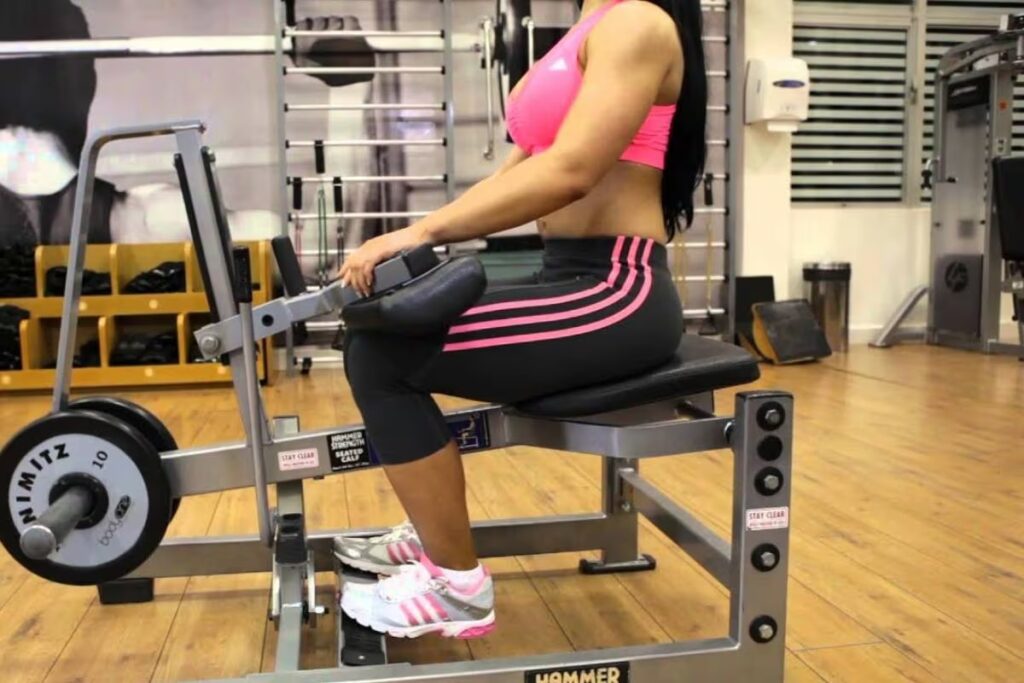
Alternatives for Seated Calf Raise
Now, for people who have experienced injuries while performing the seated calf raise, who maybe don’t have access to a gym or who just got bored from doing the same calf exercise every leg day, here are some possible seated calf raise alternatives to keep your calves looking pumped up.
1. Standing Calf Raise
One of the easiest alternatives to a seated calf raise is a standing calf raise. This exercise focuses on the gastrocnemius. To do a standing calf raise, stand on the balls of your feet with your feet hip-width apart and your heels down. For even more resistance, hold dumbbells whenever possible or use a calf raise machine.
2. Donkey Calf Raise
The Donkey Calf Raise is a unique variation that focuses on the calf muscles. For this exercise, place your forearms on a bench, bar, or other surface and have a partner or trainer sit on your hips to provide resistance. Stand on your toes as much as possible and push your heels back. Raising calves from donkeys can be challenging, but it is very effective in devoting calf care.
3. Box Jumps
The box jump is an explosive plyometric exercise that works multiple muscle groups, including your calves. To perform a box jump, stand in front of a stable box or platform, bend your knees, jump onto the box explosively, and gently land with your knees slightly bent. Take it out of the box and repeat this movement as many times as necessary. Box jumps not only target your calves, but they also build strength and explosiveness throughout your lower body.
Incorporating alternative exercises into your daily routine can add variety and work your calf muscles from different angles to prevent plateaus. By changing your calf exercises, you can achieve stronger and more developed calves and improve your lower body strength and athletic performance.
How to Do a Seated Calf Raise?
Now that we have discussed all the basics, the muscles that are trained and the possible alternative exercises to train the calves, let’s go in depth on how to properly do a seated calf raise.
First, while seated, adjust the seat height of this machine so that your knees are comfortably under the padding. Place the ball of your foot firmly on the platform so that your heel protrudes over the edge. This foot position allows complete freedom of movement during exercise.
Squeeze the ball of your foot to lift your heel as high as possible. Tighten your calves at the top of the movement and focus on fully working your muscles. Slowly lower your heels back to the starting position to allow for a controlled stretch in your calves. Aim for controlled, gentle descents to fully engage your muscles throughout your range of motion. Aim for 8-12 reps per set and start with a weight that works your calf muscles without compromising proper form.
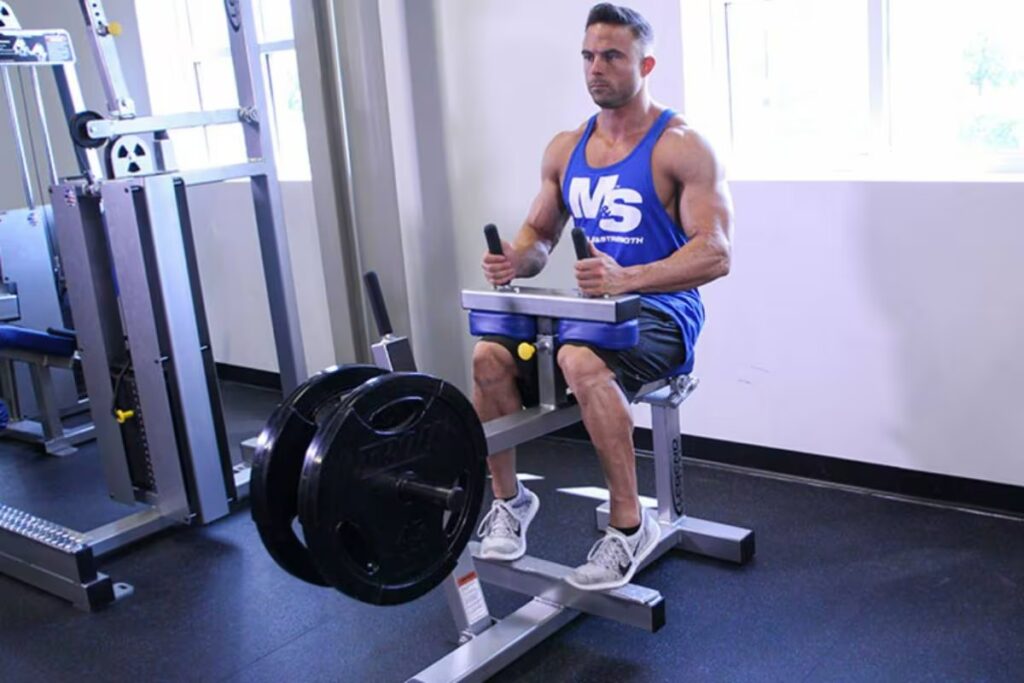
Focus on the mind-muscle connection. Concentrate on your calf muscles during the exercise. Imagine them working and contracting rep after rep to improve their mind-muscle connection and optimize their results. Perform each rep slowly and with control, making sure your calves are doing the work rather than relying on other muscle groups. Start with a weight that allows you to maintain proper form and gradually increase the load over time.
We can also do this exercise with different gym equipment:
Seated calf raises with barbell – where instead of using the machine, we use a barbell loaded with plates and place it on our shoulders while in a seated position, following the same steps as listed for the machine calf raises.
Seated calf raises with dumbbells – instead of using the machine, we use dumbbells and follow the same steps as listed above.
Seated Calf Raise Machine We Recommend
Titan Fitness prides itself on not just excellent quality, but also premium customer service and I experienced it first hand. They are an amazing bunch of people whose goals don’t stop at making you fit, but making you happy. Titan machines are present and favored at my current gym, so I would like to shout out their seated calf raise machine.
How to use calf raise machine:
“Improve your lower body strength, power, and agility with the Seated Calf Raise Machine. This Olympic plate-loaded station includes adjustable knee support with thick roller pads, diamond-plated steel footplates, a soft padded seat cushion, a vertical handgrip, and dual-weight post sleeves. Built with a robust steel frame that can hold a weight capacity of up to 550-pounds, this machine will quickly increase your resistance over time to expand your fitness routine.
By placing your toes on the edge of the diamond-plated platform, adjust the roller pads on top of your thighs, tighten your calves and explode through the balls of your feet, raising your heels to full ankle extension. This leg mechanism targets calf muscle growth, which will help treat and prevent shin splints by strengthening the calf muscle and assisting in Achilles rehab.”
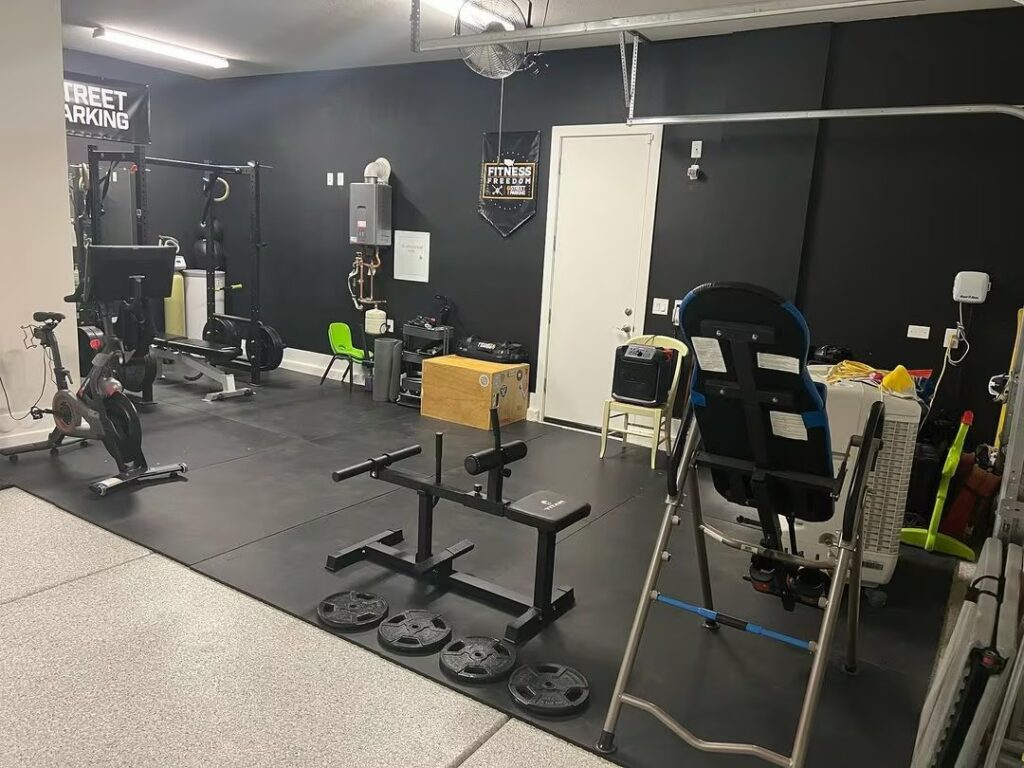
This machine will help you extensively in achieving Your dreams of having the perfect calves! Order today at Titan fitness: www.titan-fitness.pxf.io/4Pd3KL
FAQ
Why Should You Do Seated Calf Raises?
You should do the seated calf raises because they are one of the best calf exercises, not only for strengthening the muscles, but also for rehabilitation from injuries, and the contribution to the regulatory functions of the body.
How to Do Seated Calf Raises Correctly?
Squeeze the ball of your foot to lift your heel as high as possible. Tighten your calves at the top of the movement and focus on fully working your muscles. Slowly lower your heels back to the starting position to allow for a controlled stretch in your calves. Aim for controlled, gentle descents to fully engage your muscles throughout your range of motion. Aim for 8-12 reps per set.
Are Seated Calf Raises Effective?
When done correctly, seated calf raises add more muscle mass over time to the triceps surae portion of the leg, where all the three heads are trained equally. This is achieved by changing the position of the feet during the exercise.
Conclusion
To conclude, the seated calf raise is one of the best exercises for effective training of the triceps surae, the lower proportion of the leg. The alternatives shouldn’t be overlooked, but the seated calf raise rises as the most effective. With proper form and balanced weight distribution, the results are going to be satisfying. Comment Your thoughts or relevant questions down below!
Also read:
- Seated vs Standing Calf Raise
- Best Pulley System for Home Gym
- Best Ab Machines
- Belt Squat
- Seated vs Standing Calf Raise
- Roman Chair Exercises
- Best Cable Machine for Home Gym
- Best All in One Home Gym
- Best Home Gym Flooring
- Best Cardio Machine for Home
References:
- Introduction // Physio Pedia: https://www.physio-pedia.com/Soleus
- Everything you need to know about calf muscle tears // Runnersworld: https://www.runnersworld.com/uk/health/injury/a773619/ask-the-physio-calf-tears/
- Discovery Unlocks Potential of ‘Special’ Muscle // Stories: https://stories.uh.edu/2022-soleus-pushup/index.html
- Anatomy, Bony Pelvis and Lower Limb, Gastrocnemius Muscle // Stories: https://www.ncbi.nlm.nih.gov/books/NBK532946/
- Fitness // Mayoclinic: https://www.mayoclinic.org/healthy-lifestyle/fitness/multimedia/calf-raise/vid-20084681
- Muscles // Exrx: https://exrx.net/WeightExercises/Gastrocnemius/WTDonkeyCalfRaise
- Box Jumps // Acefitness: https://www.acefitness.org/resources/everyone/exercise-library/115/box-jumps/
- Effect of Different Seat Heights during an Incremental Sit-To-Stand Exercise Test on Peak Oxygen Uptake in Young, Healthy Women // Ncbi: https://www.ncbi.nlm.nih.gov/pmc/articles/PMC4974853/
- How to do seated calf raises? // Lifestyle: https://lifestyle.fit/en/entrenamiento/musculacion/como-hacer-elevaciones-gemelo-sentado/
Why Trust Us?
With over 20 years in Olympic Weightlifting, our team does its best to provide the audience with ultimate support and meet the needs and requirements of advanced athletes and professional lifters, as well as people who strive to open new opportunities and develop their physical capabilities with us.
By trusting the recommendations of our certified experts in coaching, nutrition, dietology, and sports training programming, as well as scientific consultants, and physiotherapists, we provide you with thorough, well-considered, and scientifically proven content. All the information given in the articles concerning workout programming, separate exercises, and athletic performance, in general, is based on verified data. We ensure that you can rely on our professionals’ pieces of advice and recommendations that can be treated as personalized ones which will benefit you and fully meet your needs.
The product testing process is described in more detail here
Author: Ihor Shymechko
Pro Olympic Weightlifter, Coach
Best Results: Snatch – 208 kg,
C&J – 240 kg
Ihor has been a professional weightlifter since 1996, boasting over two decades of competition experience. His notable achievements include clinching the European Championship in 2009 and securing a silver medal in the 105kg division at the Senior World Championships in 2011. Ihor represented his country in the 2008, 2012, and 2016 Summer Olympics. After retiring from competitive weightlifting, he transitioned to coaching, leveraging his vast experience to guide athletes who now compete on both national and international stages.

